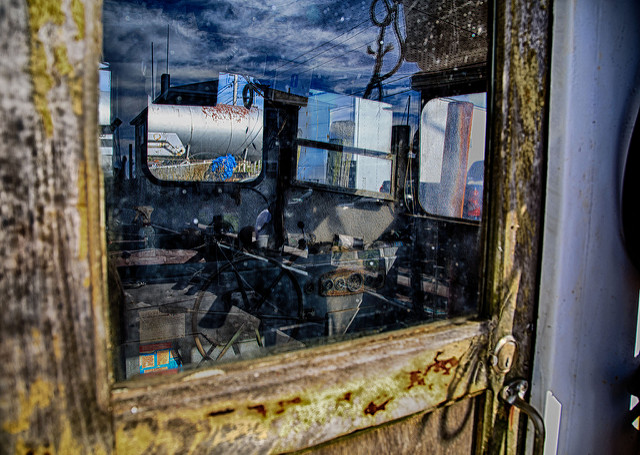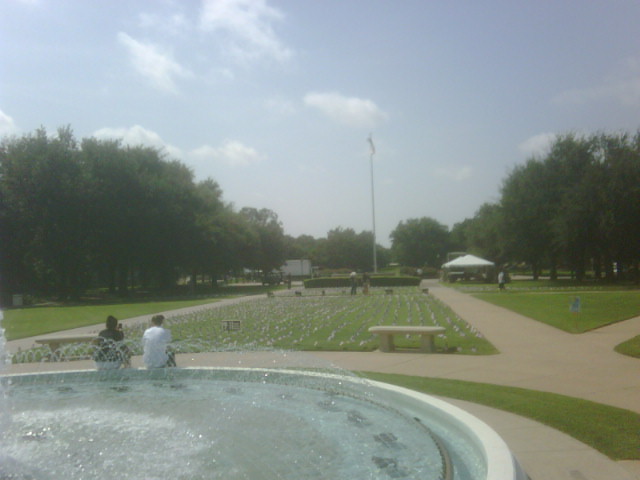This morning… well, let’s be honest, I awoke at noon… I have been listening to public radio. The “Radio Lab program today is ‘Time'”:http://www.wnyc.org/stream/ram.py?file=/radiolab/radiolab022505.ra, a fascinating exploration of time, its nature, and its meaning. One of the stories is that of Leland Stanford, who was the owner of the largest railroad at one time in America. He comissioned a photographer to study the question of whether when a horse gallops all four of its feet leave the ground. A basic question, but a point of contention amongst Stanford and his friends.
The photographer answered the question by creating 24 triggered photos of the horse galloping out of the gate, ushering in the era of high-speed photography. We take movies for granted now, but this multi-trillion dollar industry was born from a basic question: when a horse gallops, do all four feet ever leave the ground? The answer was “yes”, and today Stanford’s namesake, Stanford University, is engaged in “the modern reinvention of high-speed photography – the LINAC Cohererent Light Source, or LCLS”:http://symmetrymagazine.org/cms/?pid=1000080.
By re-engineering the last third of the Stanford Linear Accelerator, they are creating the world’s first fast, high-intensity x-ray laser. Whereas the horse debate was settled with photos that represented 1/24th of a second, the LCLS will be able to distinguish the motion of individual atoms within 1/1000000000000000 of a second. This unit, the *femtosecond*, is smaller than any other unit of time in which we’ve observed the motion of the universe. With such a tool, the era of “real-time” chemistry will begin. Instead of assuming that electrons are shared in a covalent bond, or that atoms move around to arrange themselves in a chemical structure, we can see it happen. How will that change the tone of chatter in a high-school chemistry class?



